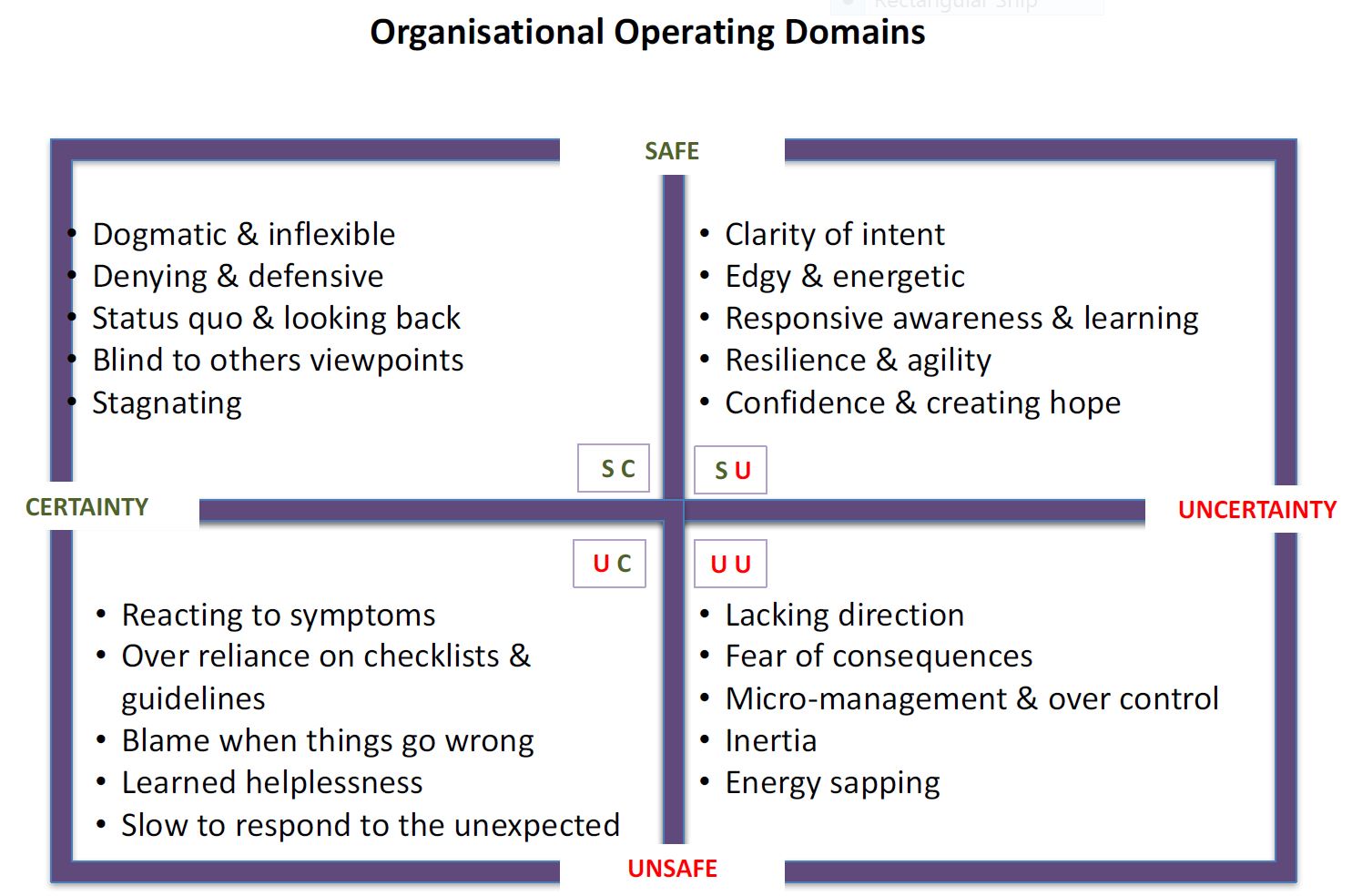
A Culture of Safe Uncertainty
Date added: 17/04/23
Another important one of Attuned Programmes Ireland's organisational values is.....
- Safe Uncertainty - finding creative solutions and problem-solving while acknowledging the risks.
We all know what safe means and what uncertain means, so what is safe uncertainty?
Safe uncertainty was coined by Barry Mason (a systemic family therapist) and is particularly helpful in assessing risk. According to Mason (1993), Safe uncertainty is not a technique or skill but an ever-evolving state of being".
Mason (1993) recognises that, as humans, we all, at times, seek a sense of certainty and that some degree of certainty can help us move forward in our lives. However, he also suggests that sometimes this can lead to paralysis and lack of creativity. If we recognise that the social services sector is not an exact science, we also need to embrace uncertainty within this to develop and progress.
In the sometimes challenging work in Attuned Programmes, our practice is always within a context of uncertainty, which can make us want to strive for positions of ‘safe certainty’. That said, we can safely say with all certainty that there is no certainty in social care.
Most services are good at highlighting the downside of risk – but poor at thinking about the great opportunities that facing up to risk and finding positive solutions creatively and mindfully could mean for people, their families and their communities… (Neil et al, 2008)
We aim to promote a culture of safe uncertainty within our organisation, one where we encourage our teams and young people within negotiated parameters, to try something new to support a shift or change in the system, and, if it doesn’t work, we want to embrace the learning from the experience!!
A culture of safe uncertainty, described by Keeley (2009), can help to distinguish between our real and genuine need for safety and any apparent and false need for certainty, enabling them to focus on safety whilst thriving in uncertainty and allowing the possibilities and greater opportunities to emerge.
Leading with a safe uncertainty provides a mindset to move from a world of problems that demand speed, analysis and elimination of uncertainty to solve – to a world of dilemmas that demand patience, sense-making and an engagement with uncertainty which opens up a platform to be creative and promotes a learning culture. This also aims to help our young people look at safety and risks from a different perspective, allowing them to explore opportunities they may not have felt safe in doing so.
One of our sayings in Attuned Programmes Ireland is - is every day is a surprise! To embrace all these constant changes, we aim to be open and responsive to external and internal feedback, with resilience (another of our values) to manage any short-term setbacks.
‘For useful change to happen we sometimes need to become less certain. When we become less certain we are more likely to become receptive to other possibilities, other meanings we might put to events. If we can become more open to the possible influence of other perspectives, we open up space for other views to be stated and heard. Mason, (2019).
A culture of enablement and personal leadership with high engagement from senior management to all our teams and young people with a commitment to our shared purpose. Which is to build better futures for our children and young people. This can only be achieved once the realisation and acceptance of a safe and supportive environment are promoted throughout our organisation.
Elaine Currie
17th April 2023
References
Keeley, J. (2009) Moving Towards Safe Uncertainty: The Development of Resilience and Excitement in the Future, pp. 1–34.
Mason, B. (1993). Towards positions of safe uncertainty, Human Systems, 4 (3-4), 189-200.
Mason B (2019) Re?visiting safe uncertainty: six perspectives for clinical practice and the assessment of risk. Journal of Family Therapy 41(3): 343–356
Neill, M. et al. (2009) “A positive approach to risk requires person?centred thinking,” Tizard Learning Disability Review, 14(4), pp. 17–24.


